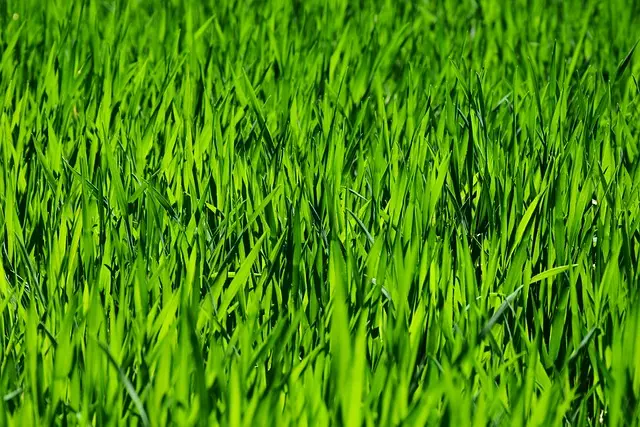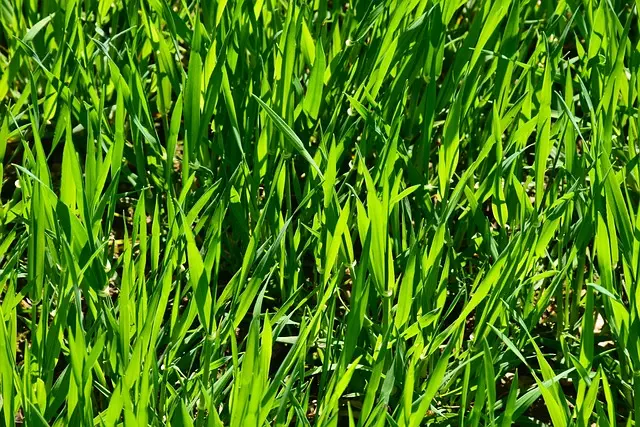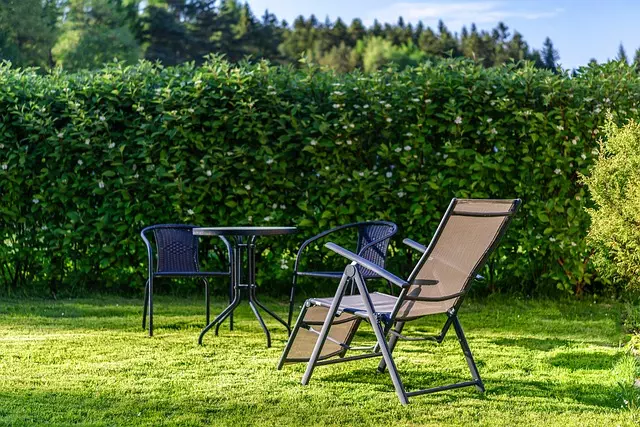Transform your outdoor space into a serene retreat or an entertaining oasis with expert advice on lawn care, landscaping, and design. This comprehensive guide explores assessing your yard’s potential, maintaining a lush green space, integrating functional elements like patios and decks, selecting the ideal plants for your climate and soil, and enhancing ambiance through water features and lighting. Discover sustainable practices that promote eco-friendliness in design and materials. Elevate your outdoor living experience with insights from this article on Lawn Care and Landscaping.
- Assessing Your Outdoor Space: Understanding Your Yard's Potential
- The Art of Lawn Maintenance: Tips for a Vibrant Green Space
- Incorporating Functional Elements: Patios, Decks, and Hardscaping Ideas
- Choosing the Right Plants for Your Region's Climate and Soil
- Water Features and Outdoor Lighting: Enhancing Ambiance and Usability
- Sustainable Practices in Landscaping: Eco-Friendly Design and Materials
Assessing Your Outdoor Space: Understanding Your Yard's Potential

When considering the transformation of your outdoor space into a harmonious blend of functionality and beauty, the first step is to thoroughly assess your yard’s potential. This involves a careful evaluation of your lawn’s existing conditions, including soil quality, sunlight exposure, and topography, which are pivotal for informed lawn care and landscaping decisions. Understanding these factors will guide you in selecting the most suitable plants and grass varieties that thrive under your specific environmental circumstances.
To effectively harness your outdoor space’s potential, begin by surveying your yard’s existing features and any limitations that may be present. Take note of natural elements like slopes, shade areas, and water drainage patterns, as these will influence your landscaping choices. Additionally, consider how the space is used and by whom; this will tailor the design to meet the needs of your household. For instance, if you have children or entertain frequently, you might prioritize open play areas or durable hardscapes like patios or decks. By integrating these observations with thoughtful lawn care practices, you can create a customized outdoor environment that is both aesthetically pleasing and sustainable for years to come.
The Art of Lawn Maintenance: Tips for a Vibrant Green Space

Maintaining a lush, green lawn requires dedication and knowledge of proper lawn care practices. A well-tended lawn enhances the aesthetic appeal of any property while also providing a comfortable outdoor space for relaxation and recreation. To achieve this, consistent mowing at the right height is crucial to encourage healthy growth. Ensure your mower blades are sharp to create clean cuts that allow grass to heal quickly and maintain its vibrant color. Additionally, regular watering, especially during dry spells, is essential to keep the grass hydrated. However, be mindful of overwatering, as this can lead to a weak lawn susceptible to diseases and pests.
Fertilization plays a key role in lawn care; it should be done according to the type of grass you have and the season. Use a balanced fertilizer rich in nitrogen for optimal growth, but avoid applying it during extreme heat or drought conditions as it can harm the turf. Aeration is another vital practice that helps alleviate soil compaction, allowing air, water, and nutrients to penetrate the roots more efficiently. Regularly removing weeds and thatch can also prevent them from taking over your lawn, ensuring landscaping remains aesthetically pleasing and healthy. Lastly, consider the impact of the surrounding environment, including soil type and climate, when devising your lawn care strategy for the best results in creating a green space that’s both functional and beautiful. Landscaping complements these practices by integrating plants, trees, and garden elements that can enhance the overall appeal while contributing to a sustainable ecosystem.
Incorporating Functional Elements: Patios, Decks, and Hardscaping Ideas

When designing an outdoor space that blends functionality with aesthetic appeal, incorporating elements such as patios and decks, complemented by strategic hardscaping, plays a pivotal role. Patios and decks extend living spaces outdoors, offering homeowners additional areas for relaxation, dining, or entertainment. They serve as a seamless transition from indoors to the natural environment, inviting occupants to bask in the beauty of their lawns while providing a durable, weather-resistant surface that can withstand the elements.
In addition to these social hubs, hardscaping elements like walkways, retaining walls, and garden edging not only complement the design but also enhance the usability and longevity of the landscape. These features require less maintenance than lawn areas, making them ideal for those who seek a low-maintenance outdoor environment yet want to enjoy the benefits of professional lawn care and landscaping. Hardscaping can also address practical issues such as slopes or drainage, turning potential challenges into attractive and functional design components that add character and depth to the outdoor space. Together, these elements create an outdoor area that is both inviting and enduring, catering to the diverse needs and preferences of any household while maintaining the integrity and charm of natural landscaping.
Choosing the Right Plants for Your Region's Climate and Soil

When embarking on the journey of outdoor space design and build, selecting the appropriate plants for your region’s climate and soil is paramount. Understanding the local environmental conditions ensures that the vegetation you introduce will thrive rather than struggle to survive. Lawn Care and Landscaping practices vary significantly depending on geographic location; what flourishes in one area may wilt in another. For instance, regions with arid climates benefit from drought-resistant species, while those with more humid conditions can host a variety of lush, green plants. Soil composition is equally important; it dictates the type of plants that can realistically be supported within a given space. A soil test can provide valuable insights into pH levels, nutrient content, and drainage, which in turn inform the selection process. By opting for plants that are naturally suited to your environment, you minimize the need for extensive maintenance and reduce the likelihood of disease or pest infestations. This not only contributes to the overall health and longevity of your landscape but also simplifies the Lawn Care and Landscaping regimen, allowing you to focus on enhancing the aesthetic appeal and functionality of your outdoor space. Choosing native plants is often recommended as they are adapted to local conditions and can provide a more sustainable ecosystem. Integrating these into your design not only showcases your commitment to environmental stewardship but also supports biodiversity, creating a harmonious and resilient outdoor sanctuary.
Water Features and Outdoor Lighting: Enhancing Ambiance and Usability

Sustainable Practices in Landscaping: Eco-Friendly Design and Materials

Integrating sustainable practices into lawn care and landscaping not only enhances the aesthetics of outdoor spaces but also contributes to environmental conservation. Eco-friendly design prioritizes the use of native plants that are adapted to local climates, reducing the need for supplemental watering and minimizing the reliance on non-native species that may become invasive. The selection of these plants also supports biodiversity by providing habitats for beneficial insects, birds, and other wildlife. Additionally, landscaping with a sustainable focus employs permeable surfaces to facilitate water absorption, thereby mitigating runoff and protecting water quality.
In the realm of materials, the construction industry has seen a shift towards sustainability. Builders and designers now prefer eco-friendly alternatives such as recycled materials, which not only reduce waste but also lower the carbon footprint associated with new material production. For instance, using recycled concrete and asphalt for pathways and driveways contributes to a circular economy. Similarly, organic lawn care practices eschew synthetic fertilizers and pesticides in favor of compost and natural soil amendments that enrich the soil and foster a healthier turf ecosystem. These sustainable landscaping choices ensure that outdoor spaces serve as living environments that are in harmony with nature.


